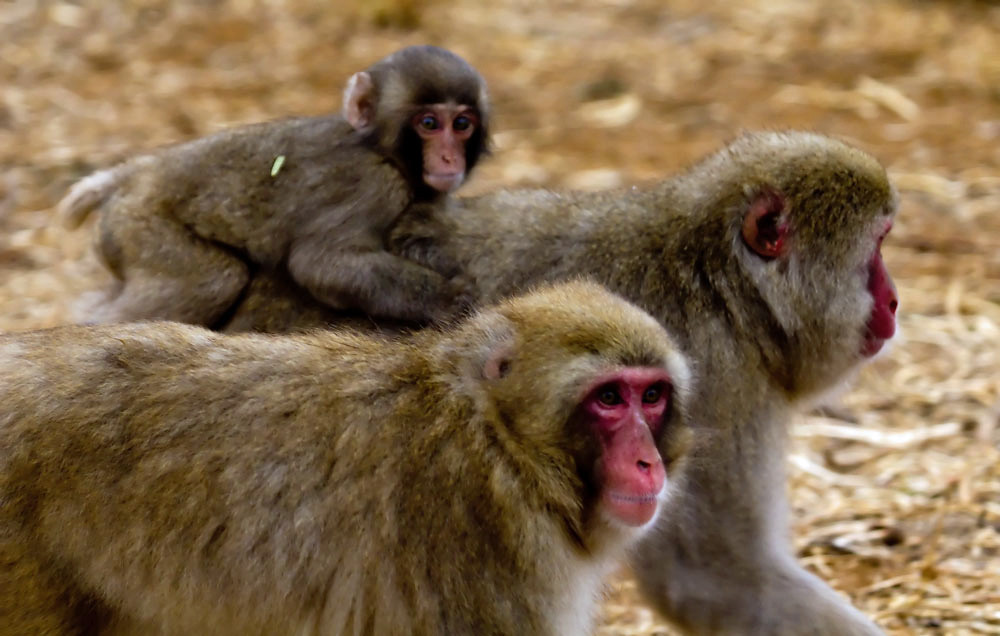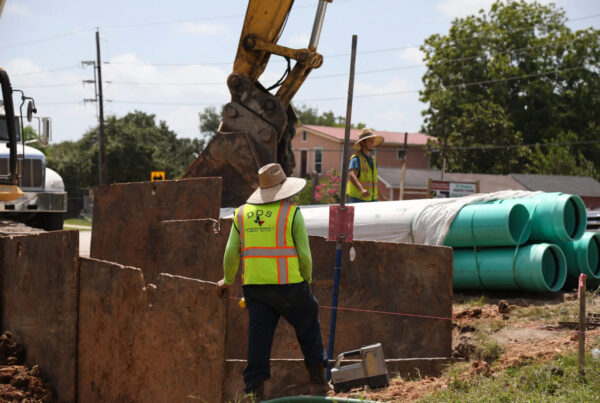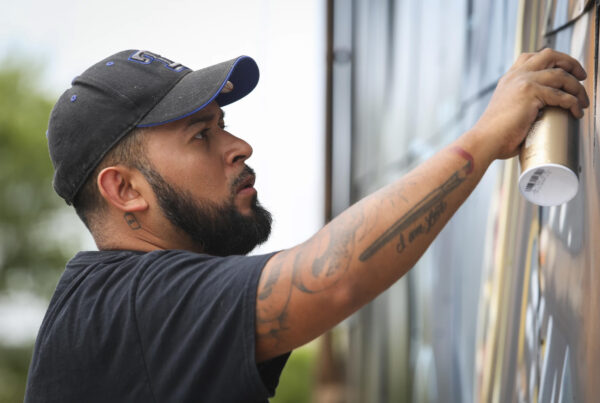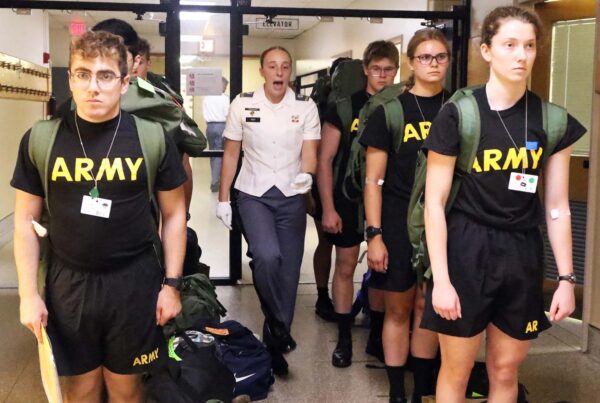The South Texas scrub can be a tough place to scratch out a living.
Wild Texas longhorns were once revered for their ability to thrive amid the heat, thorns and sand. The cattle are gone now, but other animals have taken their place – including some that you may not expect to find.
Since the early 1970s, South Texas has been home to a troop of Japanese snow monkeys. The macaques were moved from their cold mountain home in Japan to Texas after their population grew too much to be sustained locally.
It’s a story that for decades has fascinated Texas writer Sarah Bird, who grew up in an Air Force family that was stationed in Japan inside of Mount Fuji for three years during her childhood. Recently, she looked into where the monkeys are now for a story in Texas Monthly, where she is a contributor.
“I had a tremendous emotional attachment from the moment I heard about snow monkeys. [They] were revered in Japan, and so I grew up on fairy tales about these cuddly little animals,” she said. “And I always had a dream: ‘Maybe someday I’ll get to hold one.’ Well, I end up at graduate school at UT, in journalism. And lo and behold, they put out an announcement for a snow monkey roundup. And that’s where our lives intersected.”
Volunteers were needed down in South Texas, so Bird joined, writing a story for UT’s Daily Texan. Recently, amid a decluttering spree, she came across that 1975 story and the accompanying photos – including those of the monkey she had held, Pelka65.
“I knew she would not have been alive. But, you know, a big part of the importance of this troop, and a big part of why there was so much money and effort and expense put into relocating them in Texas, is because they’re the only group of primates [whose] genealogy has been studied for decades,” she said. “So they knew all the family lines, family relationships, friendship relationships – a very, very vital source of data. And they kept track of the matrilineal lines. So I knew that I wanted to find out what had happened to her children.”
» GET MORE NEWS FROM AROUND THE STATE: Sign up for our weekly ‘Talk of Texas’ newsletter
The monkeys’ journey to the Lone Star State started in piney mountains outside of Kyoto, Bird said.
“The primatologists there had started provisioning them. Consequently, now that they had this food source, their population exploded, and they went from being these public treasures to kind of public nuisances,” she said. “They were invading the temples and hanging from the rafters and stealing the gardeners’ fruits and vegetables and taking clothes.”
The troop was divided to get the population back to a manageable size, she said.
“Half of the troop that they divided was destined probably for the dissection table or zoos or something that was unthinkable to the primatology world at large,” Bird said. “So this huge national alarm went out to try to find a home.”
That home became South Texas, about 30 miles north of the border with Mexico.
“A Laredo rancher owned a ranch called La Moca, and so that was their first place, out in the scrub brush and blistering heat,” Bird said. “And, you know, the monkeys there learned to scrub the spikes off of cactus pads so they could eat cactus pads. They learned to cool off in stock ponds. And very importantly, they created a new call for rattlesnakes.”
The monkeys made “a remarkable adaptation,” Bird said, thriving during the time that they were research subjects and far outpacing their kin back in Japan in terms of fertility, health and longevity. Today, they’re being cared for beautifully, she said.
“The surviving troop members, they’ve never had such wonderful care as they are receiving now,” she said.
Bird said that by and large, the monkeys have been fenced in, so there hasn’t been much opportunity to adapt to the wild in Texas – but that they have the capability.
“They could. I’m putting my money on the monkeys – tough, tough bunch,” she said.













